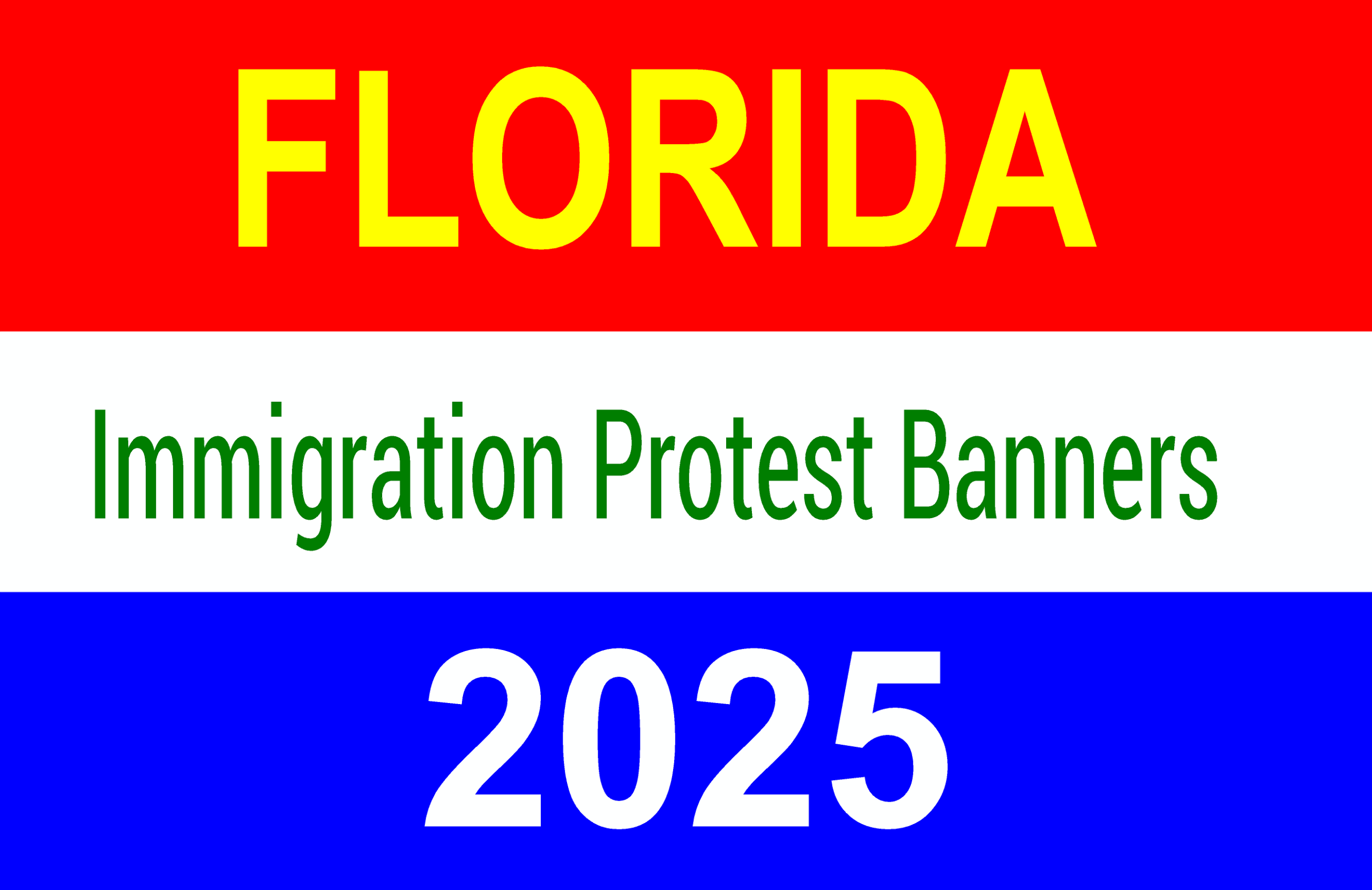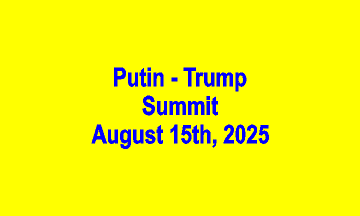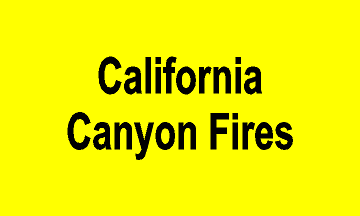Florida immigration protest signs and banners are in full display at anti-ICE immigration protests. Florida cities have become centers of protest for immigration rights in 2025. From Miami to Orlando, demonstrators march with bold protest signs and banners. These visuals are powerful tools. They help unify groups and amplify the message. So, people across the state take notice. Signs carry messages in both English and Spanish. Banners stretch wide across crowds with urgent phrases. Words like “Families Belong Together” and “Stop the Raids” dominate. But they’re more than words—they’re calls to action. Protesters want to be seen and heard, and signs help make that happen. Large banners are visible from blocks away. Smaller placards make messages personal and emotional. So, everyone in attendance connects with the cause. Protesters lift signs high above heads. Many include artwork showing families or chains being broken. These images stay in people’s minds long after the protests end. Florida’s immigrant population is deeply rooted in culture and community. Protest signs often reflect this. They show symbols of family, hope, and struggle. So, the messages are more than just political. They are human, emotional, and urgent.
Designing Florida Immigration Protest Signs and Banners for Impact and Emotion
Protest signs and banners are not random. Organizers carefully design them to create strong emotional responses. So, fonts are bold. Colors are loud. Red, black, and white dominate. These colors carry urgency and passion. But designs also need to be readable. So, simplicity wins. Clear words in large print ensure messages are seen quickly. Banners need to move with the wind but stay visible. Protesters use strong materials like vinyl or cloth. These can withstand heat and rain—both common in Florida’s climate. Symbols are powerful in design. Raised fists, hearts, and family images appear often. They create quick connections. So, even people driving by know what the protest is about. Slogans must be short and direct. Phrases like “No Human is Illegal” and “End the Detention Camps” are effective. But it’s not just visual design that matters. Placement is crucial. Banners are placed near government buildings and busy streets. Protesters want visibility and impact. So, they march with banners across highways and in front of immigration offices.
Voices Amplified Through Visuals
Signs give voice to those often unheard. Immigrants and their families use them to express pain and hope. So, a handmade cardboard sign carries deep meaning. It may say, “I Miss My Dad” or “We Want Safety, Not Fear.” These are personal. They’re real. They move people. But signs don’t just stay at the protest. Photos of these visuals spread online. So, one sign in Tampa can inspire hundreds in Fort Lauderdale. The message grows beyond the street. Social media platforms are filled with snapshots of powerful protest banners. Young people bring creative energy to sign-making. They use markers, paint, and stencils. So, every sign feels personal. Some use humor, others use rage. But all demand justice and change. Artists often join protests to design massive banners and murals. Signs also serve as a record of resistance. Photos taken during Florida protests will appear in news articles and history books. So, the message of these banners outlives the protest itself. It’s long-term impact, not just short-term attention.
Florida Cities Leading the Movement
Major Florida cities are leading in protest activity. Miami, Tampa, Orlando, and Jacksonville have seen large immigration rallies. Banners wave across courthouse steps and city parks. So, these urban centers are now symbols of resistance. Miami protests often use bilingual signs. The city’s large Cuban and Haitian communities speak with one voice. So, signs read “Libre” and “Freedom” side by side. Tampa events feature large family-focused banners. But Orlando’s protests lean on youth and color. Their signs are bold, loud, and unforgettable. Jacksonville rallies are more grassroots. Handmade signs dominate. But that adds a level of authenticity. Protesters there bring signs reading “No More Separation” and “We Deserve Peace.” These signs tell personal stories in just a few words. So, across Florida, the message is clear. Protesters want reform. They want dignity for immigrants. Banners and signs give shape to those demands. They make people stop, look, and listen.
Conclusion
Florida immigration protest signs and banners are more than decorations. They are visual declarations of justice, unity, and pain. Protesters use them to tell their stories and demand attention. So, they become the face of a movement. The design, words, and placement of these signs are carefully planned. But each one still carries deep emotion. They give a voice to communities that often go unheard. And they continue to inspire even after the crowds disperse. So, as Florida continues to protest for immigrant rights, expect more bold signs and bigger banners. They’re not going anywhere. Because as long as there is injustice, these visuals will remain strong tools for change.







